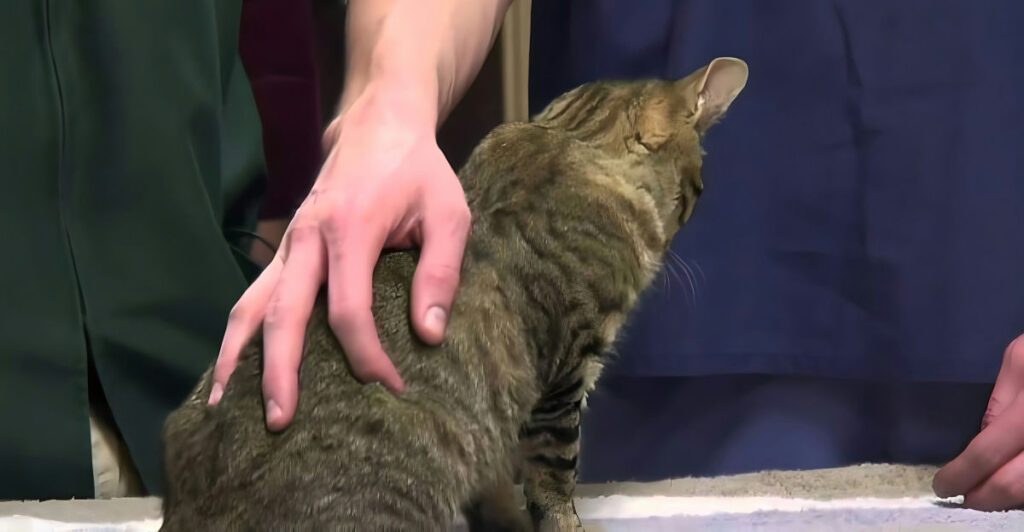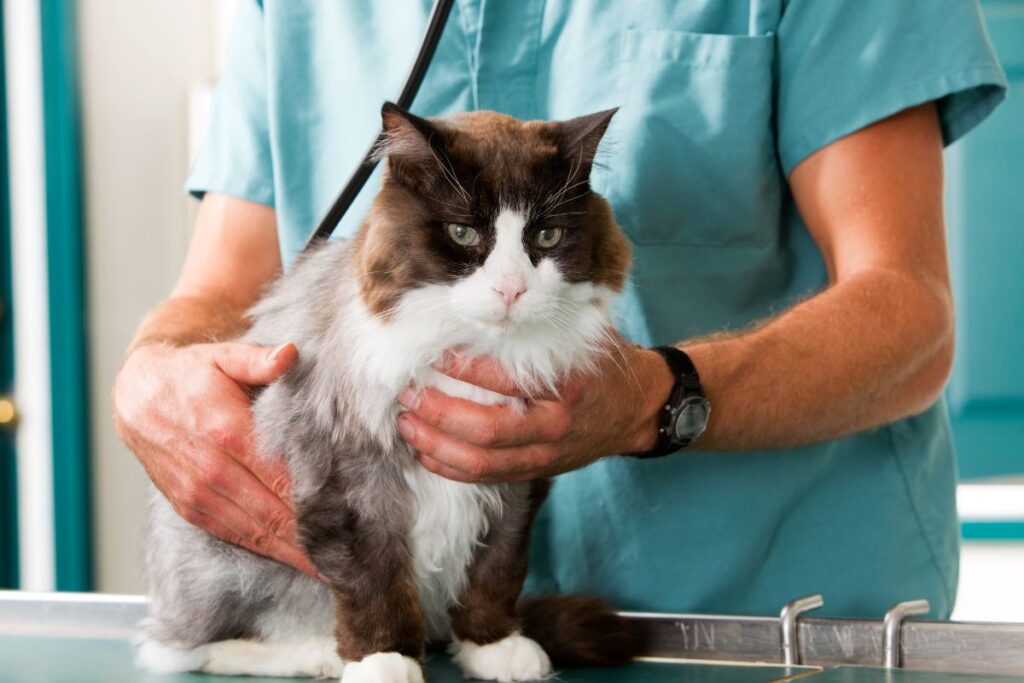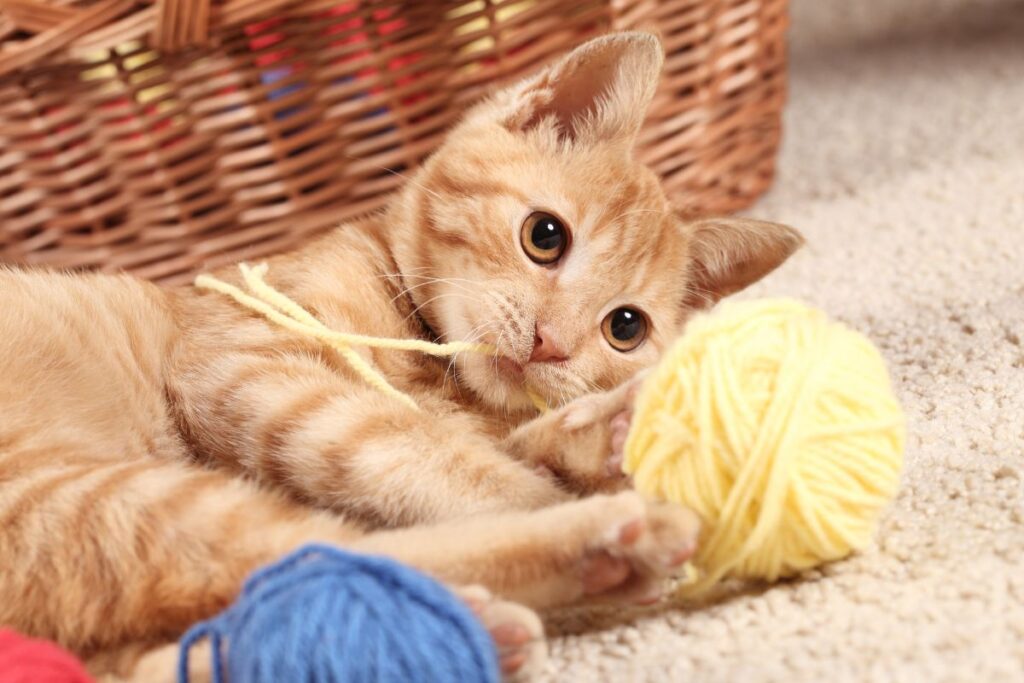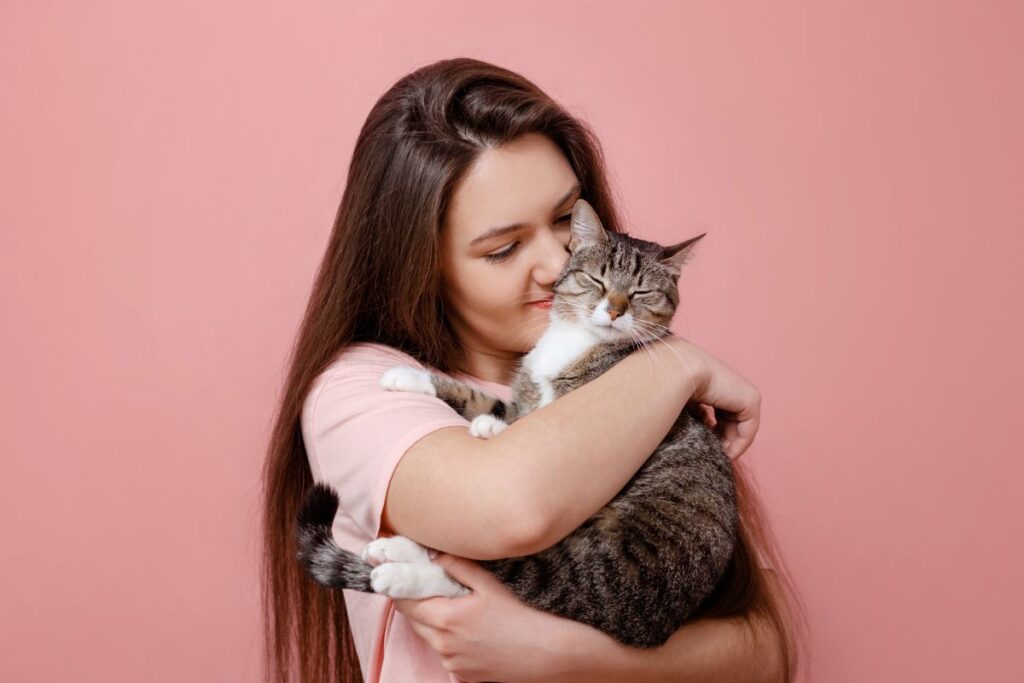
Cats, much like humans, can experience depression, though it may not be diagnosed in the same way as in people. Depressed cats may exhibit changes in behavior, such as withdrawal and reduced activity. This article explores the signs, causes, and treatments for cat depression, offering tips on how to cheer up your furry friend and when to seek veterinary help.
1. Can Cats Get Depression?

Yes, cats can experience depression, though there is no official clinical diagnosis for feline depression. Symptoms are often similar to those seen in humans, like a lack of engagement and social withdrawal. Cats may act subdued or detached when they are feeling down.
2. Signs of a Depressed Cat

A depressed cat may show several behavioral changes, including hiding in isolated spots, reduced activity, and lack of interest in play. Other signs include loss of appetite, excessive sleeping, poor coat condition, and inappropriate elimination (e.g., urinating outside the litter box).
3. Health-Related Causes of Cat Depression

Before concluding that your cat is depressed, it’s essential to rule out any physical health issues. Conditions like arthritis, dental problems, upper respiratory infections, and even cancer can cause behavior changes that might mimic depression.
4. Environmental Triggers for Cat Depression

Cats can experience depression due to stress caused by changes in their environment. Moving to a new home, the introduction of a new pet or family member, or a change in their routine can lead to distress and withdrawal behavior.
5. Helping a Depressed Cat Through Play

Play is an excellent way to lift your cat’s spirits. Interactive toys like laser pointers, teaser wands, and puzzle toys can keep them engaged and active. Indoor cats especially benefit from opportunities to exercise their natural hunting instincts.
6. Creating an Enriching Environment

When you’re unable to play with your cat, their environment can help keep them stimulated. Providing access to windows, scratching posts, and even a bird feeder outside can make a big difference in your cat’s mental well-being.
7. The Power of Catnip

Catnip is another way to help improve your cat’s mood. It can reduce anxiety and stress, making your cat feel more relaxed and happier. You can sprinkle catnip on their scratching posts or give them catnip-filled toys.
8. Offering Comfort and Cuddles

If your cat enjoys affection, spend quality time with them. Let them initiate contact and enjoy cuddles when they feel ready. Avoid forcing interaction; instead, be available when they seek attention.
9. When to See the Vet

Any drastic behavioral change should prompt a visit to the vet. If your cat is acting out of character, a thorough examination is essential to rule out medical conditions and ensure the depression isn’t due to an underlying illness.
10. Treatment for Cat Depression

Treatment for cat depression typically focuses on managing stress and improving the cat’s environment. If necessary, your vet may recommend supplements, pheromone therapy (such as Feliway diffusers), or, in severe cases, anti-anxiety medications. Creating a consistent routine and providing enrichment can help cats recover from depression.
Stay connected with us for more stories like this! Follow us to get the latest updates or hit the Follow button at the top of this article, and let us know what you think by leaving your feedback below. We’d love to hear from you!







